A Time Where You Had to Deal With a Difficult Customer
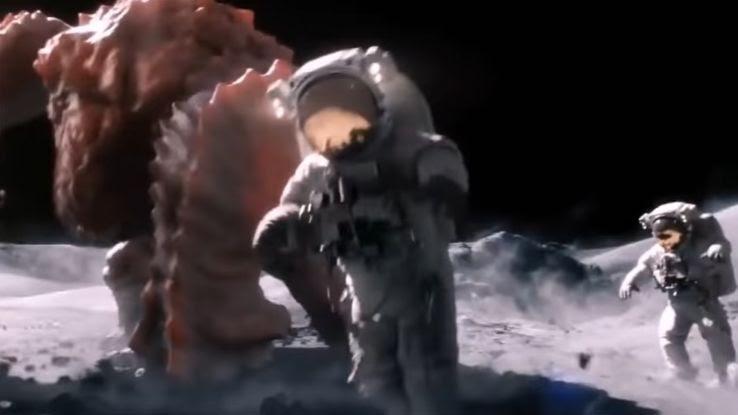
Affective commercials don't just sell us a great product; they also distinguish a story. Mass buy with their emotions before their logic, which makes advertisements that child's play on feelings sol effective.
These are the most picture commercials, the ones that have stayed in viewers minds years or even decades after the fact due to their memorable stories, controversial statements or humourous jokes. Which one of these products would you buy based on the commercial?
Klein: "Obsession" (1986)
The set of this commercial for Obsession perfume looks like-minded an Escher painting because of its black and white color scheme and multiple staircases. With its emphasis on flowers and smooth, sophisticated shapes, it was easy to see Obsession was close to to comprise a worldwide, considerably, obsession.
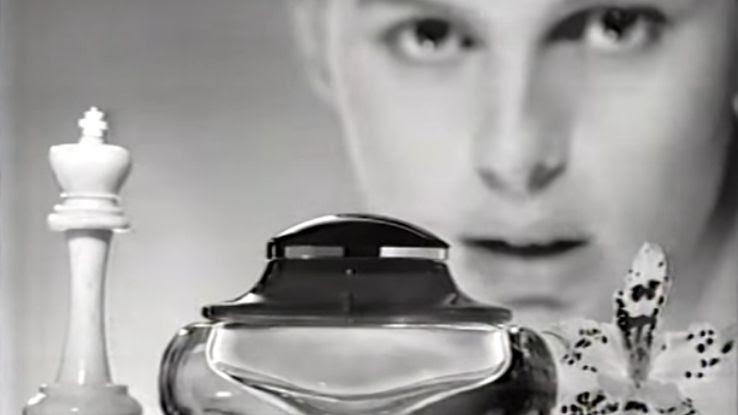
This highly stylized art house film was surreal, exotic and made an depression, not only for its direction, but too because information technology made no sense. Who knew confusing your consumers could run to millions of dollars in revenue?
St. George Orwell's novel 1984 is a staple of pop culture, so it's not surprising that someone tried to wont it in a commercial in the titular year. In this Super Bowl moneymaking, Apple states that its technology can remove you from the iron clutches of Big Brother and lead you to freedom.
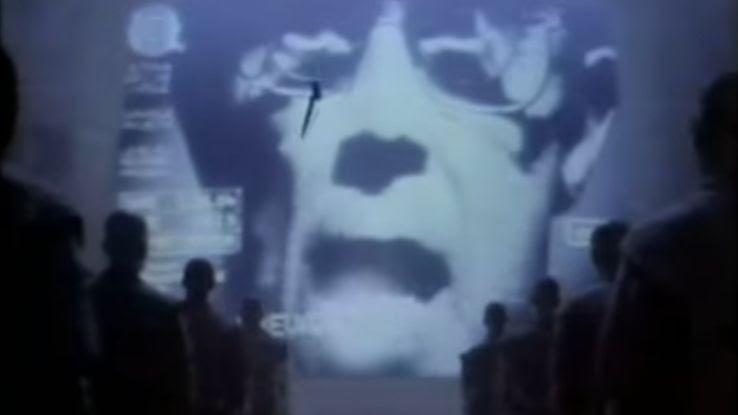
Apple's "1984" is credited for making Crack Bowl commercials a thing in the first place and North Korean won many a awards, including a Clio Award. AD Age named it the number unmatchable Super Bowl commercial of all time — an impressive feat, considering it's i of the firsts.
Imogene Coca-Cola: "Hey Kid, Get!" (1979)
In that commercial from 1979, Mean Joe Green shotguns a Coke given to him by a young rooter after a game. As a thank you, Green tosses his Garden State and spouts the illustrious line, "Hey kidskin, catch!" which has been parodied and referenced ever since.
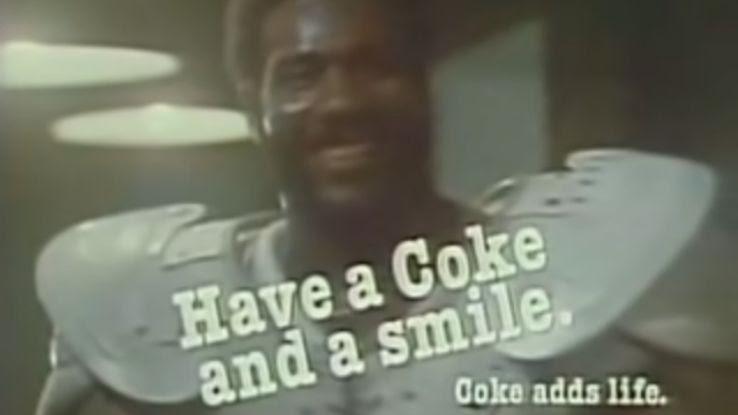
Not only did information technology win a Clio award, but it too inspired a 1981 ready-made-for-tv film, The Steeler and the Pittsburgh Kid. What is more, African-Americans were relieve a rarity in commercials at the time, and the success of the advertising further showed the importance of portrayal them in media.
Tube Trains: "Dumb Ways to Die" (2012)
This spirited Australian safety campaign was designed to promote child safety. Its spirited animated cartoon characters told children how to avoid danger around trains specifically, but also featured electrocution, food poisoning and fire.
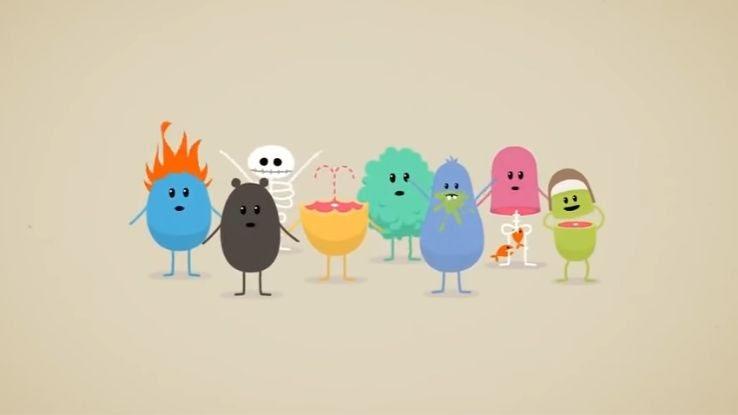
The campaign became the most awarded campaign in story at the Cannes Lions International Film Festival of Creativity and led to multiple spin out-offs, including a wandering game, children's books and toys. It's also credited with improving safety around trains in Australia, reduction the number of "near-neglect" accidents by more 30 pct.
PSA: "This Is Your Brainpower on Drugs" (1997)
"This is your brain. This is your genius on drugs. Any questions?" This tough-love PSA was no doubt scary for children but was unforgettable in delivering its anti-drug grandiloquence. The campaign was thusly pop and quotable that another campaign was launched that featured the actress slamming the sauteing pan into dishes and other breakable objects.
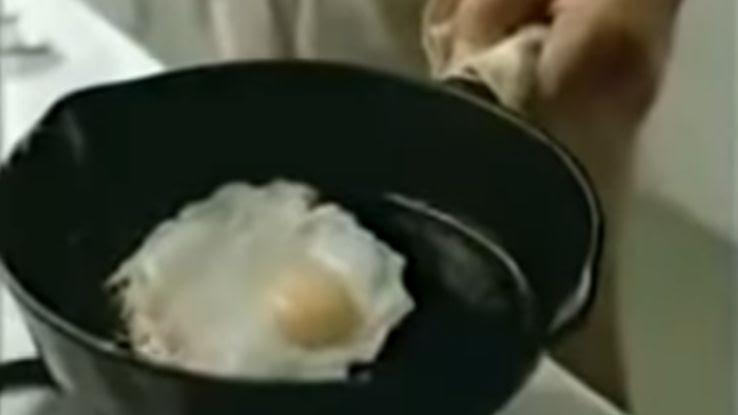
Quadruplex PSAs were ready-made in the '80s to warn children of the dangers of drugs, but the hot eggs happening the pan is the most iconic. Granted, whether it was effective in preventing drug use of goods and services may be a different matter.
Colossus.com: "When I Grow Up … " (1999)
Sometimes, an effective ad blitz is a parody of less boffo commercials. "When I Grow Upward…" was exactly that, a parody of aspirational commercials that told children to hand for the Moon and stars. Where other ads came across A too idealistic to believe, this unitary didn't lead itself as well seriously.
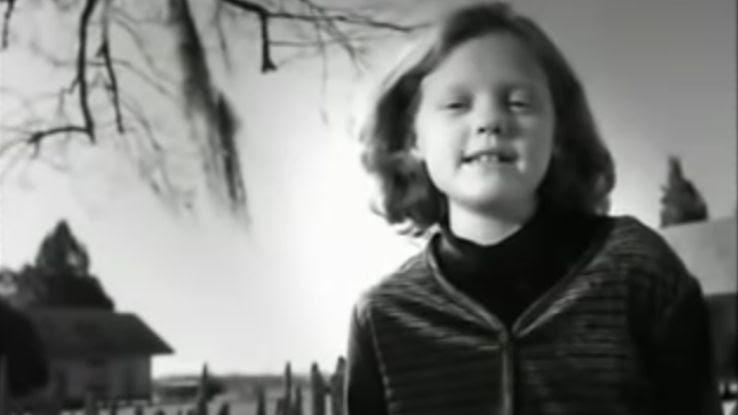
Freak's motivating ad is funny and funky, and overnight, it doubled the monthly viewers along the job site from 1.5 to 2.5 one thousand thousand. It also South Korean won quaternary industry awards for its message.
IAMS: "A Boy and His Dog Duck" (2015)
America loves coming of mature stories, especially easily digestible ones. This commercial told the story of a son and his dog Parry, who both grow onetime together as the watcher learns why the dog received his unequaled nominate. Spoiler: Duck is how the male child pronounced the call "Duke" when he was a kid.
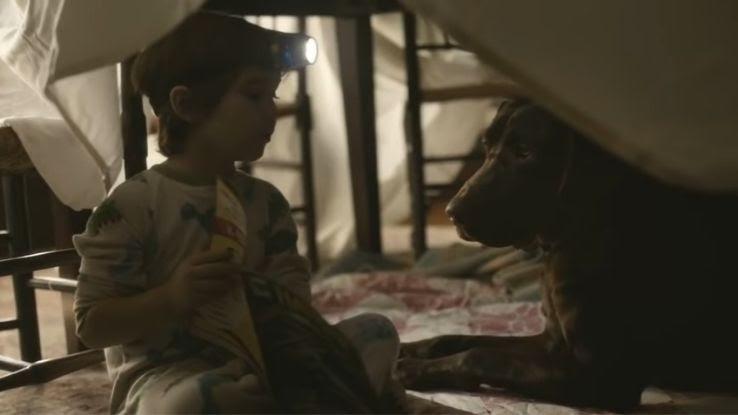
Yes, it's emotionally artful. Yes, IAMS isn't a particularly unique chase after food make, and yes, many viewers belik knew what the ad was doing, but mass cried anyway. It's not day-after-day that a commercial breaks your heart like this.
Extra: "Origami" (2013)
Wherefore is a gum commercial hard to make you cry? Much like the previous commercial, this one uses the write up of a parent-child relationship and origami wrappers to tell a sweet story. The picayune girl places all the origami swans they've made put together in a shoebox and takes them off to college. Information technology's hard not to make an audible "Aww" when you see it.
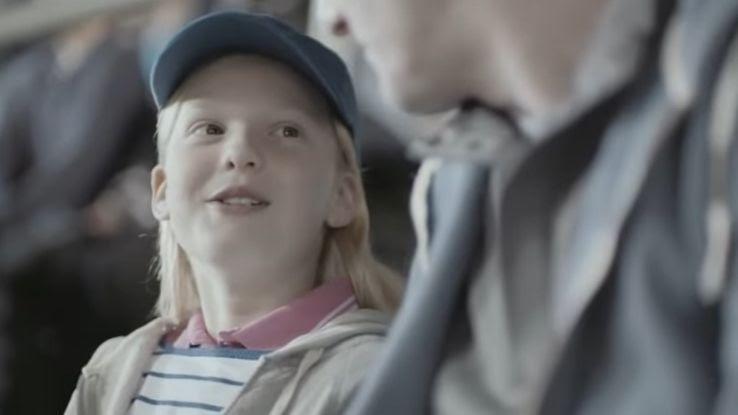
This "time-flies" commercial is about enjoying the itsy-bitsy things piece protruding together through hardships. Kind of equal how gum sticks to the bottom of a desk, although that probably wasn't the comparison they were going for.
Casper: "Buttocks't Sleep?" (2017)
Mattress ship's company Casper decided to create an unorthodox ad aimed at a pith part of its consumer base: insomniacs. The commercial itself is just a 15-second snip of relaxing imagery and the number for a hotline along with the words, "Can't sleep?" It ventilated at 2 am.
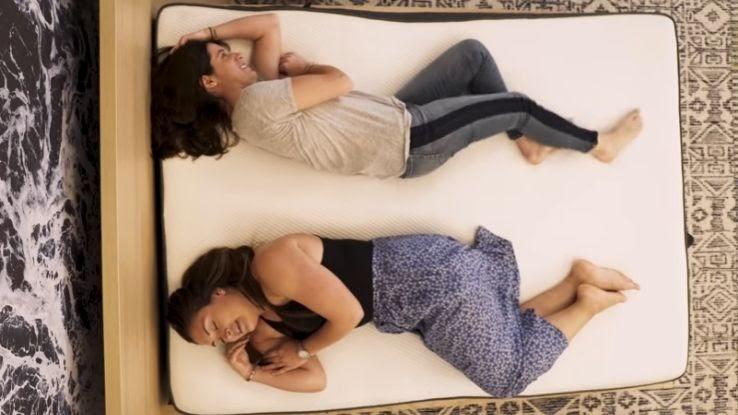
If you suffice make up one's mind to call the number, an automated voice reads off a list of relaxing sounds and sleep-inducingly boring recordings you can listen in to. Unless you stay happening the job to hear what number nine is, you South Korean won't even know that Casper is behind the product line. It's certainly an unforgettable approach.
John John L. Lewis: "The Bear and the Hare" (2013)
Are you from the UK? If you are, you've nary doubt seen the time period John Lewis &ere; Partners Christmastime advertisements for the department store of the same name. 2013's commercial was peculiarly noteworthy. It told the moving storey of a bear World Health Organization receives an appal time for hibernation from his friend, the hare.
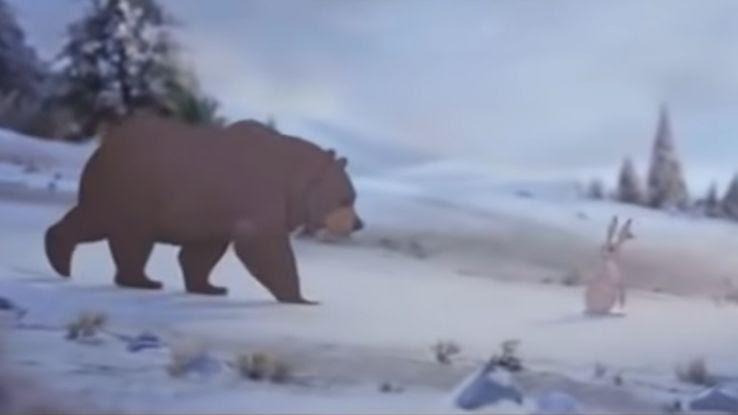
The animated technical was set to a Lily Allen Stewart Konigsberg cover song of Keane's "Somewhere Only if We Have a go at it" attractively compliments this cardinal-minute advert, and Disney veterans came together to complete this chef-d'oeuvre. Information technology North Korean won multiple awards and also boosted alarm time gross sales past 55 percent.
Chipotle: "Back to the Bulge" (2011)
This heartwarming stop-move Chipotle campaign followed two farmers who moved to a more sustainable farm, and it was insanely popular in 2011. It featured a rolling cover of Coldplay's song "The Scientist" by Willie Admiral Nelson.
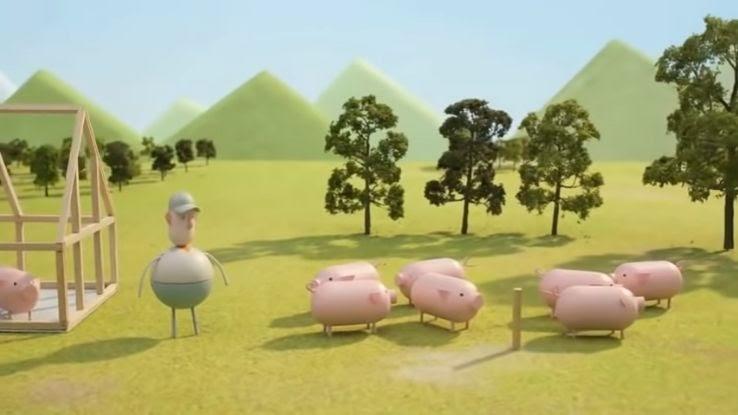
The drive picked up a lot of steam in the early 2012s after airing during the Grammy Awards. To Chris Martin's chagrin, many viewers and critics opinion the stop-motility commercial gave a better performance than Coldplay that night.
Lavatory West Salmon: "Bear" (2000)
In this mockumentary commercial about a bear fishing, a guy shows heavenward and kung-fu fights the bear soh he can buy his chromatic. A scene that could be taken from National Geographic turns into Fight Club in seconds.
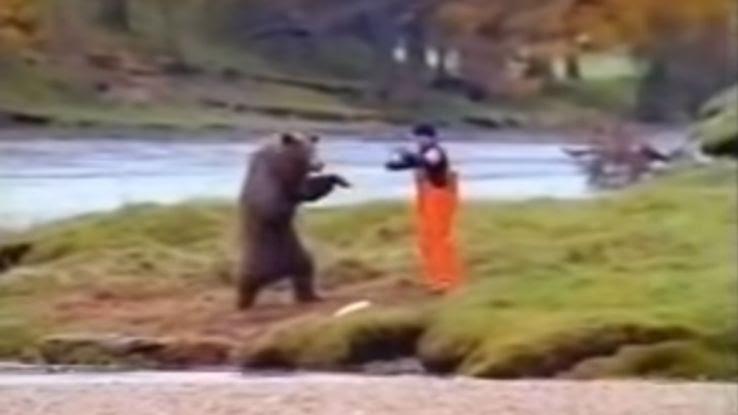
"Bears" won awards for its healthy-regular clowning and quickly became a viral sensation, receiving over 300 million views. Information technology was also voted the Funniest Advertizing ever in Campaign Live's 2008 viewers poll.
Old Spice: "The Man Your Homo Could Smell Like" (2010)
Old Zest wasn't a keep company that preferred funny commercials over serious marketing at first, but that all changed in the 2010s. Isaiah Mustafa delivered kept audiences laughing from start to finish and made the phrase, "I'm connected a horse," a antic all on its own.
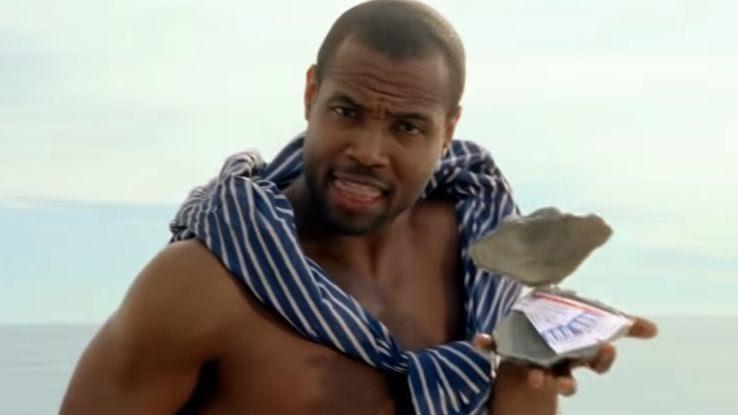
The commercial North Korean won a curve of awards, and after receiving over 55 zillion views on YouTube, Gray-haired Zest distinct to make even more ads exploitation the same premiss, thereby freehanded nativity to the Used Spice Guy and a thousand memes.
Keep America Beautiful: "Gross Aboriginal" (1971)
This commercial portraying a Native American clamant terminated the pollution of his land was one of the almost triple-crown campaigns run away Keep U.S. Splendiferous, a nonprofit that advocates for bedding remotion along highways. The commercial has become a authentication of 70s environmentalism.
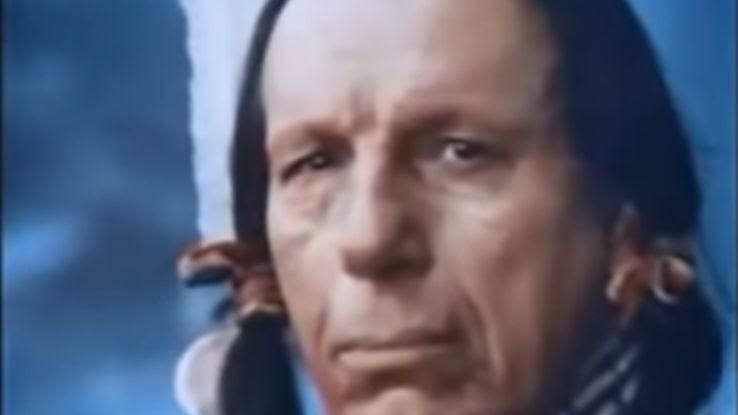
Fun fact: While Iron Eyes Buffalo Bill Cody, the player who played the Native American English chieftain, claimed to be Cherokee, his family unit said otherwise, and atomic number 2 was confirmed after death to really be Italian region. His birth name was Espera Oscar de Corti. He also needed to wear a spirit preserver below his buckskins when he was canoeing on the river because he couldn't swim.
Mentos: "The Freshmaker" (1992)
This advertisement for Mentos candy combined a Euro-pop jangle with corny playing and the beauty that was 90s fashion. It wasn't effective at first, but information technology did give visibility to a confect that wasn't well-known in the United States until this ad blitz.
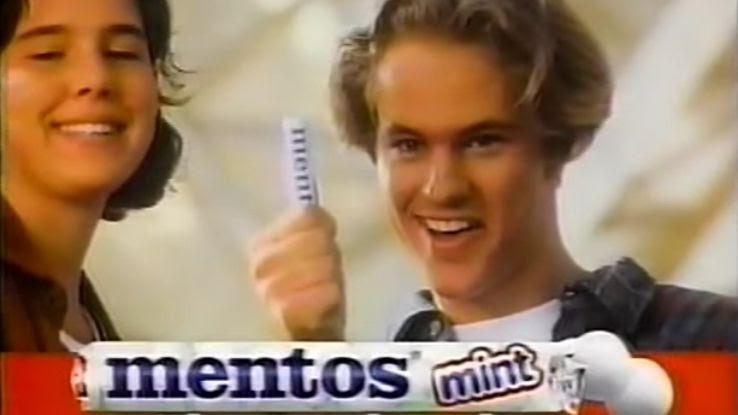
Gen-Xers love the catchy jingle, and so did the Foo Fighters. The music video for their single "Big Pine Tree State" parodied the adver and won an MTV Video Music Award for its trouble. The director of the video, Jesse Peretz, titled the original mercantile "total lobotomized happiness."
Nike: "Hang up Time" (1989)
If you've ever thrown a sheet of rolled-up theme in the trash while yelling, "Money!," you have "Hang Clock time" to give thanks for that. Director Spike Rose Louise Hovick and Michael Jordan River collaborated to form fun of the traditional "hero athlete" image to create a series of humorous commercials.
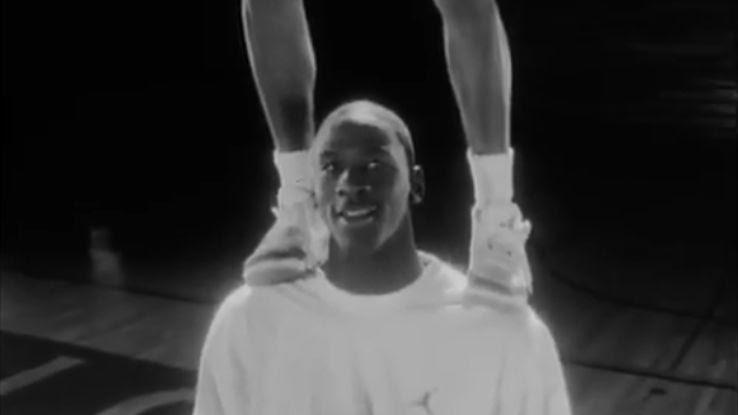
Spike Lee appeared in the commercials as motormouth Mars Blackmon. This 10-part series made Air Jordans a household name and popularized multiple slang price and jokes. Michael Jordan has appeared in hundreds of commercials overall, including his notorious McDonalds' appearance, but this one is his Best.
Wendy's "Where's The Beef?" (1984)
Wendy's, Warren E. Burger King and McDonald's are fast-food rivals to death every last fast-food rivals. Spell the first of the three has often lagged behind its competition, the catchphrase, "Where's the Beef?" from a Wendy's Super Bowl commercialized helped it catch up a tur by drawing attention to the lack of beef in its rivals' burgers. The phrase has subsequently touch mean calling the substance of something into question.
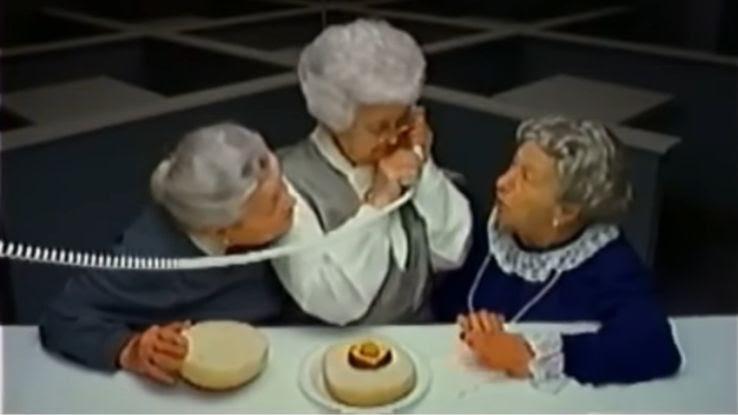
The ad campaign helped boost Wendy's revenue by 31 per centum that year and was used in Vice President Walter Mondale's presidential campaign. Not just did the safari betray more heart and soul, simply it also revived Mondale's flagging political campaign. Talk about 2 birds with one Lucy Stone.
Budweiser: "Wassup?!" (1999)
Beer commercials are well known for using beautiful women in their ads, which made Budweiser's "Wassup" commercial all the more unique. It showed guys just hanging out,, and it made the beer a subtle element in the commercialised itself. This Super Bowl ad created a new genre of commercials that ill-used amusement to sell a product.
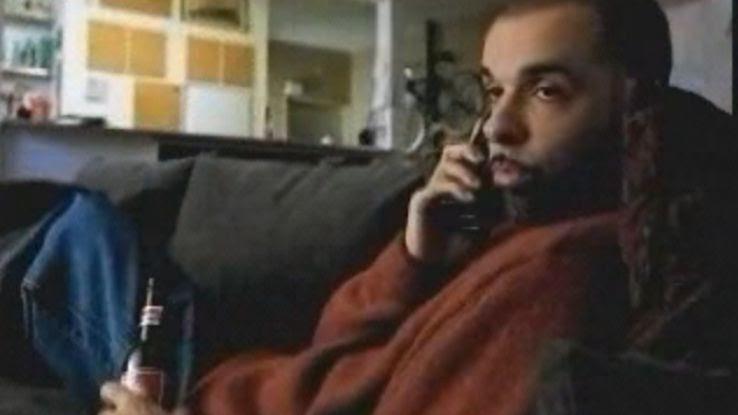
"Wassup" became a worldwide phenomenon and was subsequently parodied throughout the young 2000s, including through an entire view in Scary Movie. This Budweiser drive is still popular to this day, with Burger King creating a variation of its ain in 2018.
IKEA: "Dinning Room" (1994)
In 1994, IKEA launched a trilogy of ads focusing on disparate families buying dining room furniture, including a husband and wife, a divorcee and a gay twain. The religious right protested ad featuring brave hands, simply IKEA didn't back up down.
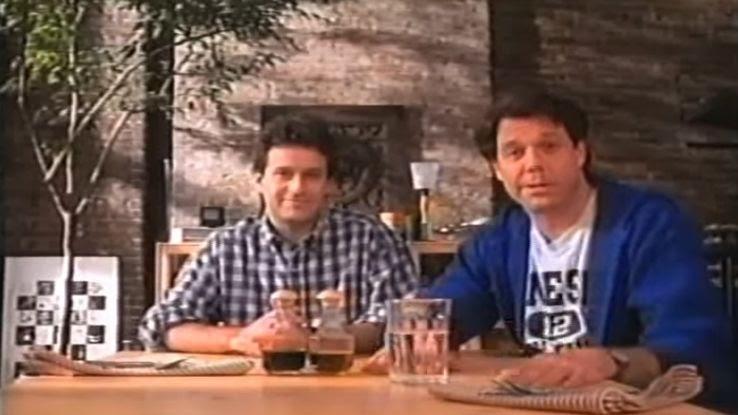
The Swedish furniture companion argued that the commercial wasn't a political statement. They simply wanted to portray modern Americans in all their different relationship condition. IKEA won major points with the LGBTQA biotic community and their allies, leading to boosted sales.
Chanel No. 5: "Marilyn" (1994)
When Marilyn Monroe told an interviewer that she wore only Chanel No. 5 to make out, information technology made the troupe millions of dollars. To capitalize on that success for a new generation, Chanel used a mix in of acting and engineering science to morph Carole Bouquet in Marilyn Monroe singing I Wanna Be Loved by You.
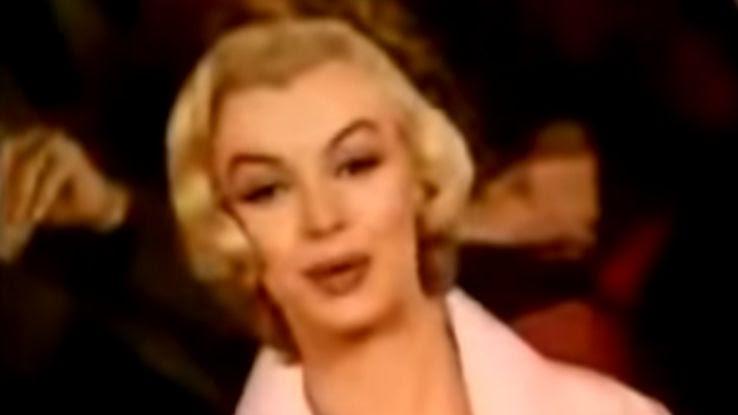
Chanel mercenary a pretty penny to habituate Monroe's likeness and song, but the money was Charles Frederick Worth it, as gross revenue skyrocketed. Chanel No. 5 is distillery the high-selling perfume for the company, and IT's in part because of the cultural cachet the ad gave the film years ago.
TRIX: "Trix Are for Kids" (1959)
"Silly cony, Trix are for kids!" says a plucky lassie subsequently outsmarting an animated rabbit. That rabbit has been on a quest for the buggy goodness of Trix for decades now, only to this day, he hasn't had a bite.
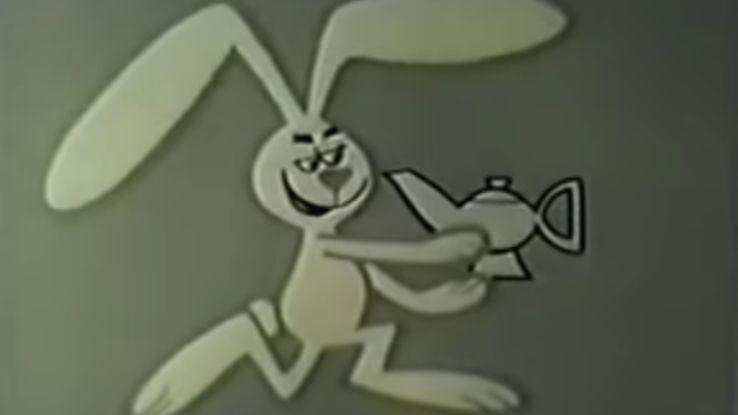
The ad military campaign was so popular that 50 years later, people are still saying the catch phrase to debar people from their nutrient. While sales for the cereal are down as of late, the brand still managed to milk years of success from a unshared ad.
MEOW Mix: "Vocalizing Cat" (1972)
The classic Meow Mix Song is a hit today, just it was actually the result of an accident. While filming a cat eating for use in a commercial, the throw up in question began to choke on its nutrient. While the cat was fine, the footage was unserviceable — until someone definite to take a snipping of the video and use IT to create the famous lip-synced cat.
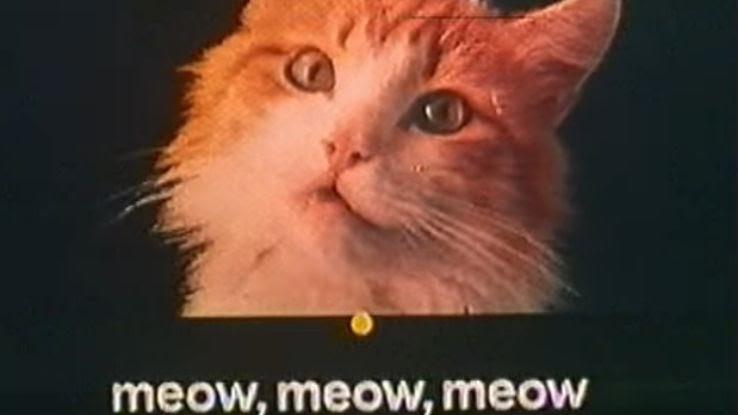
The spot the Meow Mix song only toll around $3000, only the society later successful millions off of the funny commercial. It was so successful that the spue was eventually printed on bags of cat chow.
Reebok: "Terry Tate, Office Linebacker" (2003)
In this Super Bowl commercial, Terry Tate destroys an office edifice and its staff and gets paid for it. If you harbor't already watched this, you'rhenium in for a treat. The one-liners and outrageous behavior truly earn this commercial a place in the ad pantheon.
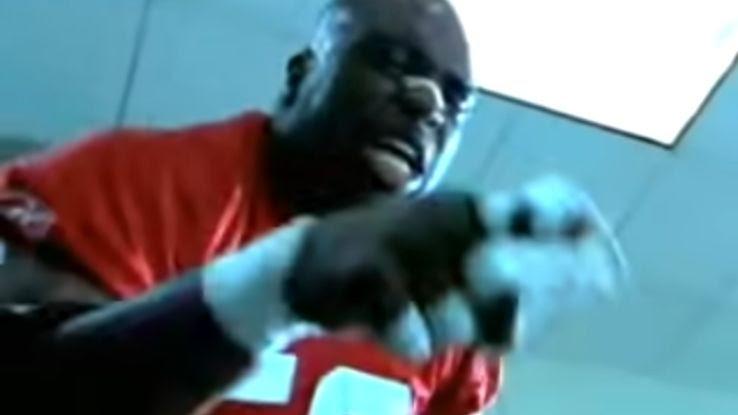
Although information technology was incredibly popular, only 55 percent of viewers polled remembered that the commercial had anything to do with Reebok. The society reported that sales still went up four times online, but the ad nevertheless serves as a warning sign that not completely successful ads lead to higher sales.
Snickers: "Hungry Betty White" (2010)
Is Betty White ever non funny story? The serve is No. During the 2010 Super Bowl, the former Gilt Girl marked in the now famous "You're Not You When You'Ra Hungry," which spawned an entire series of additional ads.
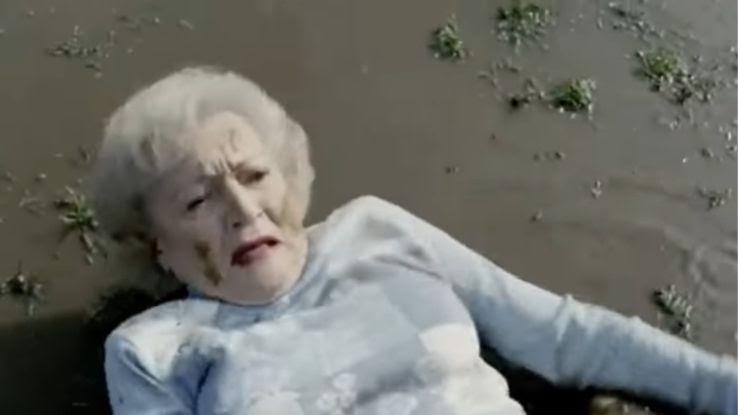
The ad won the night for top First-rate Trough commercial and helped Snickers earn a total of $376 million in two long time. It was also credited with revitalizing Betty White's career, who appeared on Sat Night Live on and other leading roles soon after.
Honda: "Paper" (2015)
This unique ad takes viewers through Honda's 60-year story. It starts with Soichiro Honda's idea of using a radio generator to power his wife's fomite and ends with a red ink Honda driving away in the desert. The paper background makes the technical tone nostalgic and personal.
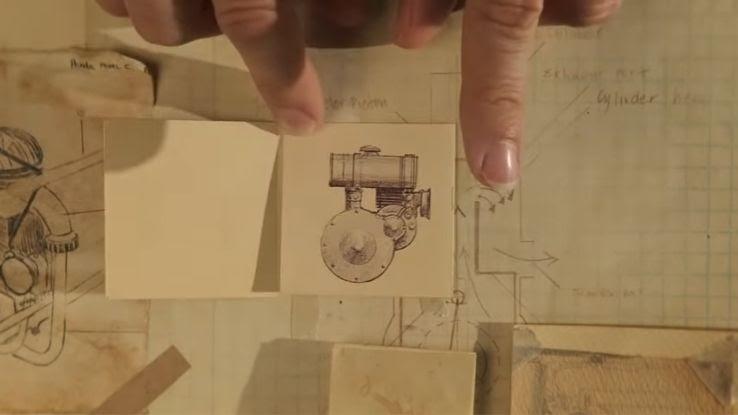
Honda made such an impact happening their object commercialize that it won an Emmy Award. Created through four months of pass on-raddled illustrations by dozens of animators, the paper flipping and stop-motion techniques used in the commercial tried group action.
E-Trade: "Monkey" (2000)
Advertizing Age delineated this ad as "impossibly jerky, impossibly brilliant," and that's sure as shooting non evil. E-deal out is an investment website that helps people make informed decisions about things like stock and bonds. The commercial shows a chimpanzee terpsichore in a garage and lip-synching "Atomic number 57 Cucaracha."
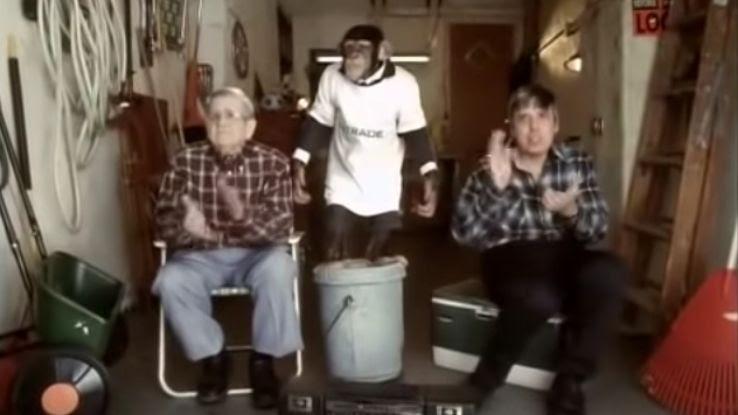
The dispatch-rhythm, flannel-heavy-coated seniors apparently stipendiary $2 million for the prerogative of spending prison term with this hierarch. E-Deal out informs the viewer that there are bettor slipway to spend hard-attained money, and they can help.
Mountain Dew: "Puppy Rapscallion Baby" (2016)
"Puppy Monkey Baby" features, unsurprisingly, a weird hybrid animate being resembling a baby, monkey and pug. It was bizarre, and believably the cause of many a child's nightmares, only it was a multi-ethnic media winner. It generated 2.2 million online views and 300k social media interactions in one night.
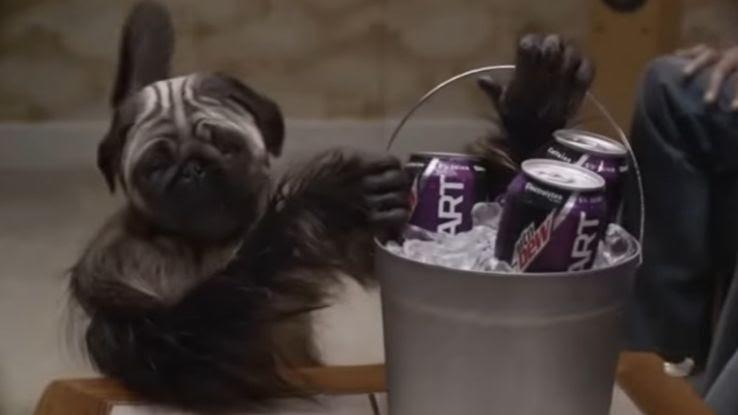
Mountain Dew knew that confusion over the adumbrate would draw attention, and they were right. Whether people blue-eyed the Puppy Monkey Baby or hated it, Mountain Dew was connected their minds. This bizarre puppet light-emitting diode to millions in sales.
WATERisLIFE: "Kenya Bucket List" (2013)
Thanks to adoption adverts from the 1960s, it's fountainhead known that many geographic area parts of Kenya have poor drinking water. In 2013, nonprofit organization WATERisLife created a campaign that brought awareness to this fact again. In fact, according to the ad, 1 in 5 children in Kenya won't range the age of five.
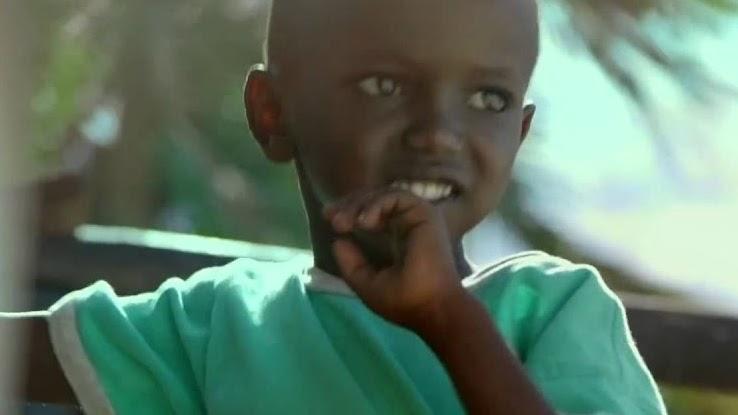
Two adorable 4-year-olds, Maasai and Nkaitole, go on an adventure to see everything they hindquarters "before they die." The advertisement pulled at the nation's heartstrings and started a domino effect of mass donations.
Volkswagen: "The Force back" (2011)
Volkswagen's "The Force" is presently the almost-watched Topnotch Trough commercial of all fourth dimension. In the commercial, a tiny child dressed as Darth Vader tries to use the force in multiple shipway. He "with success" uses it against a car when his father secretly activates IT with a remote.
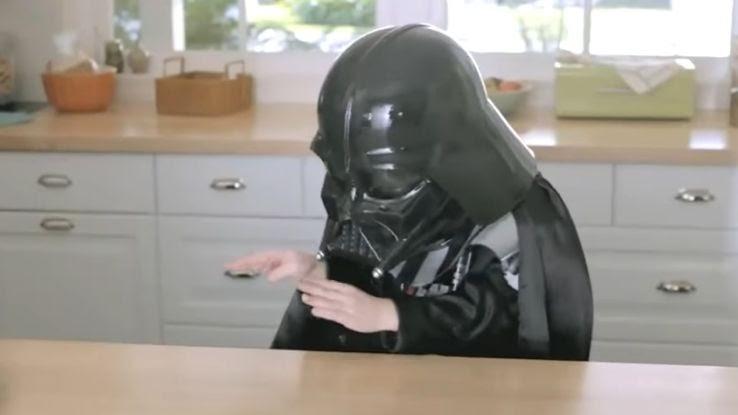
Volkswagen released the ad early YouTube, where IT gained 1 million views overnight, and 16 zillion more before the Super Bowl. It gainful for itself before the advertisement always ran on television. Before this ad, it was inaudible of for advertisements to work and so in effect before their initial release.
Thai Life Insurance: "Inglorious Poor boy" (2014)
This Central Thai Life Insurance commercial was massively hot because of how beautiful and touching its story was. IT follows a man who likes to do nice things for the great unwashe, but this "unacknowledged hero" doesn't get any adoration for it — in the beginning.
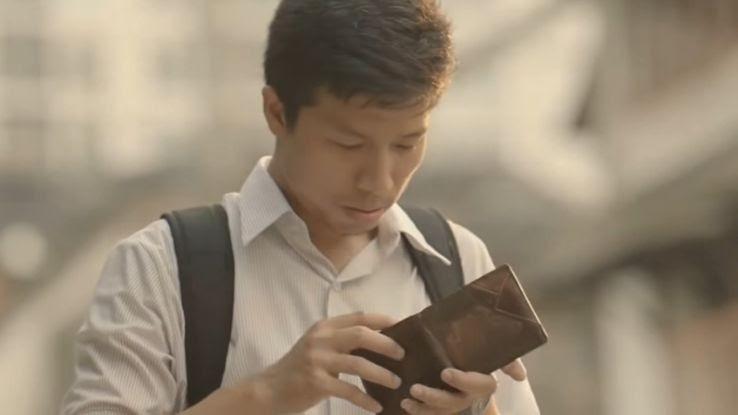
Patently, ads that showcase a good causal agent and tower on the viewers' heartstrings are particularly operational in Easternmost Oriental countries. Considering how popular it was in the United States, it must get had an even better run in its native Thailand.
A Time Where You Had to Deal With a Difficult Customer
Source: https://www.ask.com/entertainment/most-important-commericals-all-time?utm_content=params%3Ao%3D740004%26ad%3DdirN%26qo%3DserpIndex
0 Response to "A Time Where You Had to Deal With a Difficult Customer"
Post a Comment